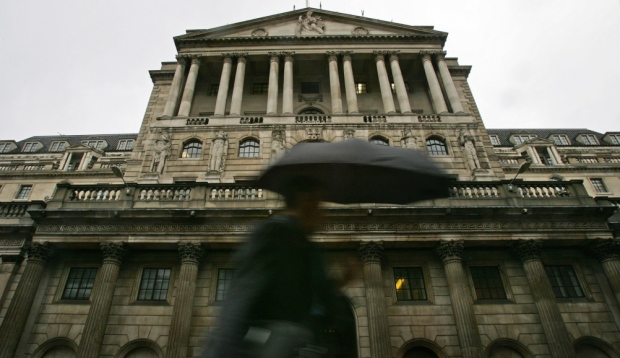-
Tips for becoming a good boxer - November 6, 2020
-
7 expert tips for making your hens night a memorable one - November 6, 2020
-
5 reasons to host your Christmas party on a cruise boat - November 6, 2020
-
What to do when you’re charged with a crime - November 6, 2020
-
Should you get one or multiple dogs? Here’s all you need to know - November 3, 2020
-
A Guide: How to Build Your Very Own Magic Mirror - February 14, 2019
-
Our Top Inspirational Baseball Stars - November 24, 2018
-
Five Tech Tools That Will Help You Turn Your Blog into a Business - November 24, 2018
-
How to Indulge on Vacation without Expanding Your Waist - November 9, 2018
-
5 Strategies for Businesses to Appeal to Today’s Increasingly Mobile-Crazed Customers - November 9, 2018
Bank of England chief hints at rate rise soon as year’s end
The Bank of England has repeatedly said that any increase to base rate will be gradual, which hopefully means that mortgage rate rises will be just as measured, as will the impact on borrowers’ wallets.
Advertisement
Last Thursday Mark Carney, the governor of the Bank of England, indicated that interest rates would rise as early as December.
Carney said that the rate would probably rise slowly to reach “about half as high as historical averages” of 5 per cent. He hinted that the rates are unlikely to return to the level (5%-plus) that was common before financial crisis of 2008.
Carney’s fresh guidance suggests we will see the rise at the turn of 2016, but he warned: “The actual path nearly certainly will not be mechanical, linear or pre-determined”. This will be a time for customers to look for the best rates, and find a bank which is willing to increase saving interest rate.
Brokers are urging borrowers to remortgage as the age of record low mortgage rates draws to a close.
But once the Base Rate starts to creep up, borrowing is likely to get more expensive as banks pass on the increased cost.
Over the past eight years, about 1.8m first-time buyer loans have been taken out, according to figures from the Council of Mortgage Lenders (CML).
Harris said that borrowers on a variable rate who would struggle to pay their mortgage if rates rose should consider locking into a fixed rate. Depending on your mortgage balance and current rate, your repayments may not rise too much to begin with, but they’ll still be higher.
Advertisement
Mortgage rates are intrinsically linked to the Bank of England base rate, so when base rate eventually rises, so will mortgage rates. “We still advocate the need for a balanced portfolio with some money in savings accounts where the rate is fixed for as long as five years, as well as some in instant access accounts”, she says.





























